What are the classifications of butterfly valves?
Time:2021-12-08 14:22:59Read:799
Butterfly valve, also known as flap valve, is commonly used in pipelines conveying various corrosive and non corrosive fluid media in engineering systems such as generator, gas, natural gas, liquefied petroleum gas, cold and hot air, chemical smelting, etc. it is used to regulate and cut off the flow of media.
Working principle of butterfly valve
Butterfly valve is a kind of valve that uses circular butterfly plate as the opening and closing part and rotates with the valve stem to open, close and adjust the fluid channel. The butterfly plate of the butterfly valve is installed in the diameter direction of the pipeline.
In the cylindrical channel of the butterfly valve body, the disc-shaped butterfly plate rotates around the axis with a rotation angle of 0 ° ~ 90 °. When it rotates to 90 °, the valve is fully open. Changing the deflection angle of the disc plate can control the flow of the medium.
Classification of butterfly valves
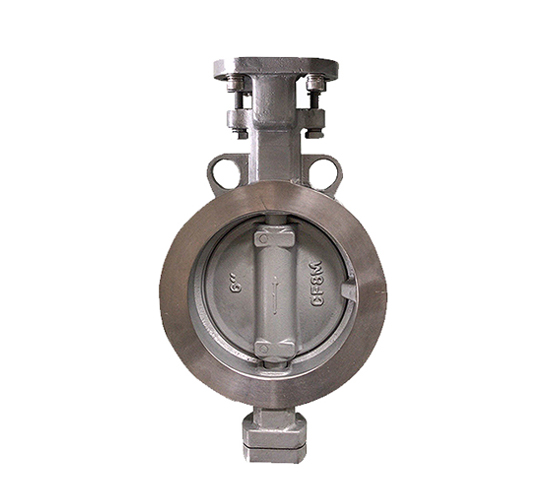
1、 Concentric butterfly valve
The structural feature of the butterfly valve is that the valve stem axis, the center of the butterfly plate and the center of the body are in the same position. The utility model has the advantages of simple structure and convenient manufacture. Common rubber lined butterfly valves belong to this category.
The disadvantage is that the butterfly plate and valve seat are always in the state of extrusion and scraping, with large resistance distance and fast wear.
2、 Single eccentric butterfly valve
In order to solve the extrusion problem between the butterfly plate and valve seat of concentric butterfly valve, a single eccentric butterfly valve is produced. Its structural feature is that the axis of the valve rod deviates from the center of the butterfly plate, so that the upper and lower ends of the butterfly plate no longer become the rotation axis, dispersing and reducing the excessive extrusion between the upper and lower ends of the butterfly plate and the valve seat.
3、 Double eccentric butterfly valve
Based on the single eccentric butterfly valve, the double eccentric butterfly valve is further improved and formed, which is the most widely used at present. The utility model is characterized in that the axis of the valve rod deviates from the center of the butterfly plate and the center of the body.
The effect of double eccentricity enables the butterfly plate to leave the valve seat immediately after the valve is opened, which greatly eliminates the unnecessary excessive extrusion and scraping between the butterfly plate and the valve seat, reduces the opening resistance, reduces the wear and improves the service life of the valve seat.
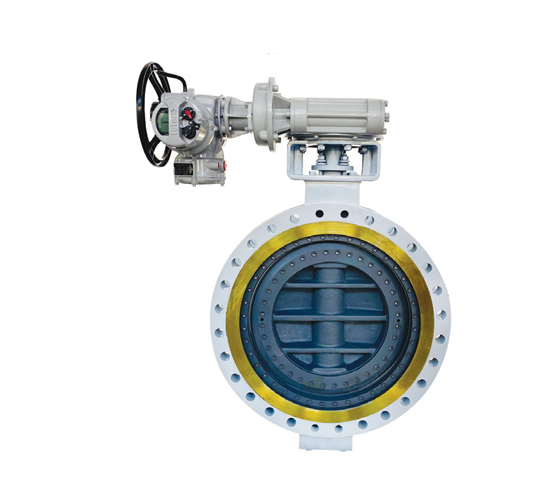
4、 Triple eccentric butterfly valve
To withstand high temperature, hard seal must be used, but the leakage is large; To achieve zero leakage, a soft seal must be used, but it is not resistant to high temperature. In order to overcome the contradiction of double eccentric butterfly valve, the butterfly valve is eccentric for the third time (deviated from the center line of metal sealing surface).
The utility model is characterized in that the conical axis of the sealing surface of the butterfly plate deviates from the cylindrical axis of the body while the double eccentric valve rod axis position is eccentric. In other words, after the third eccentricity, the sealing section of the butterfly plate is no longer a true circle, but an ellipse.
The biggest feature of the third eccentricity is that it fundamentally changes the sealing structure, which is no longer a position seal, but a torque seal; It does not rely on the elastic deformation of the valve seat, but completely depends on the contact surface pressure of the valve seat to achieve the sealing effect.
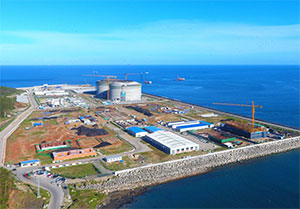 Refining and chemica···
Refining and chemica···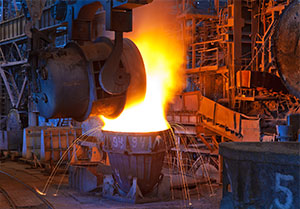 Metallurgical indus···
Metallurgical indus··· Gas industry
Gas industry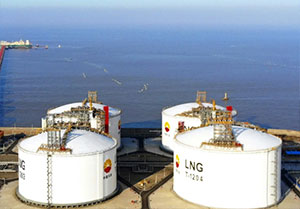 LNG industry
LNG industry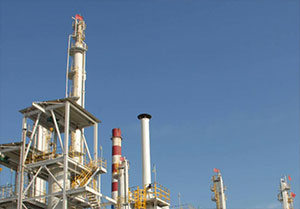 Chemical industry
Chemical industry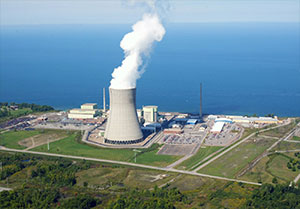 Power industry
Power industry
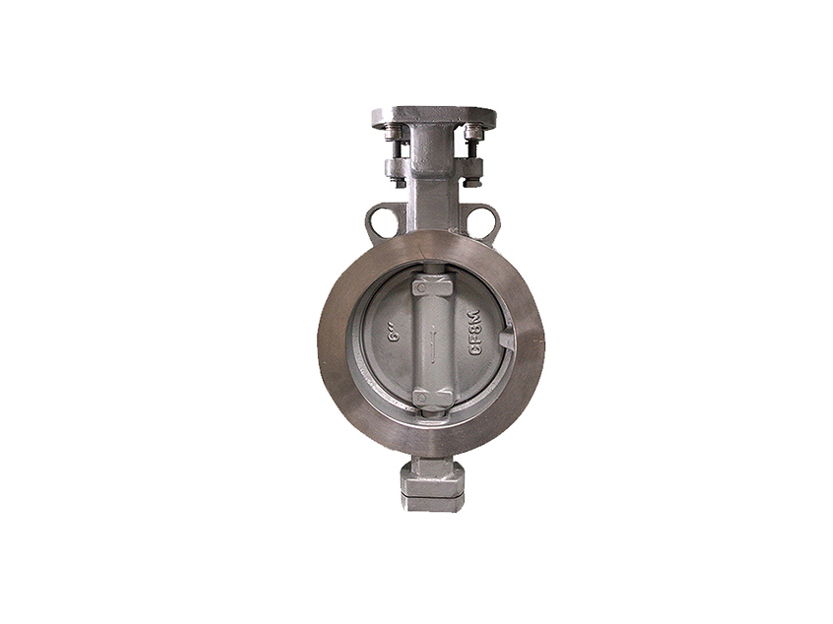
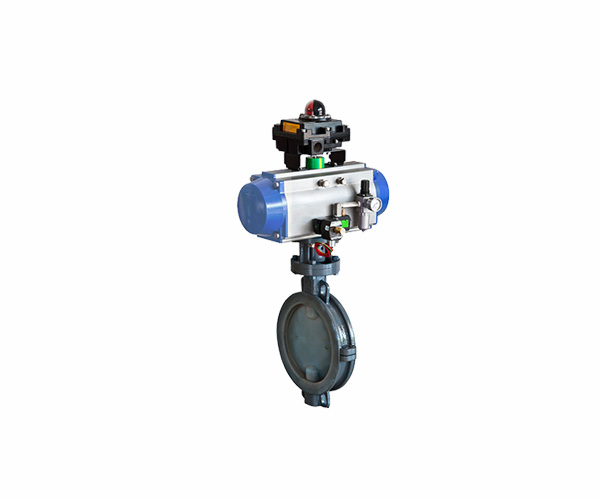
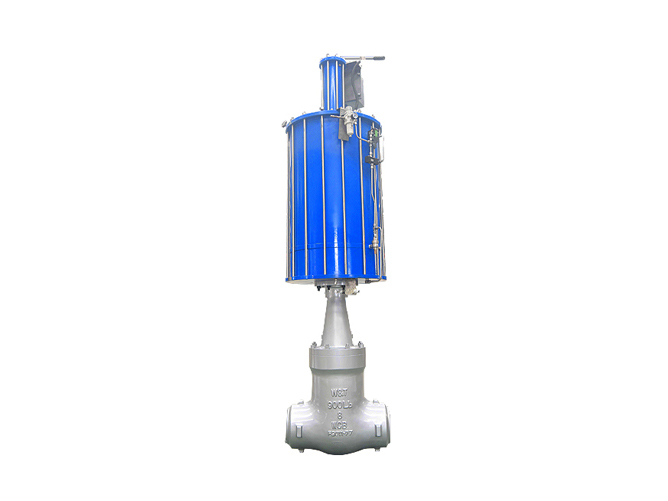
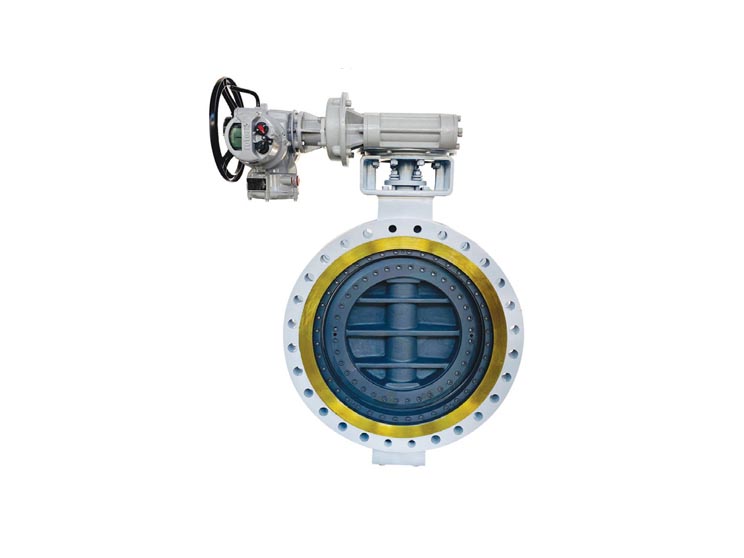


 QQ:664857658
QQ:664857658